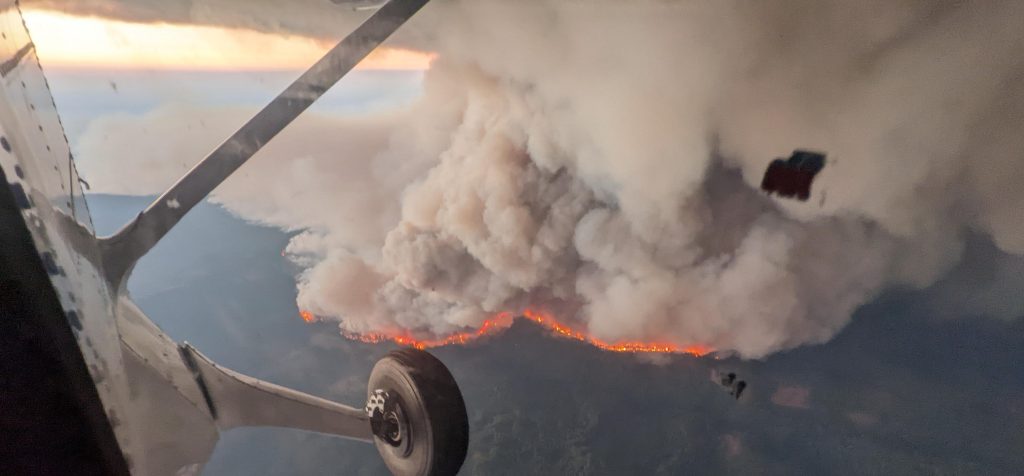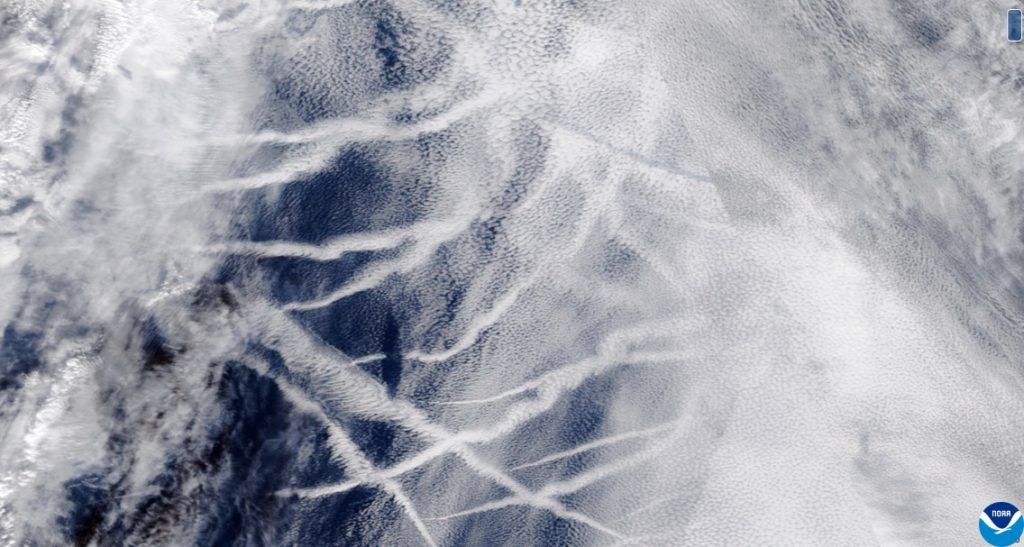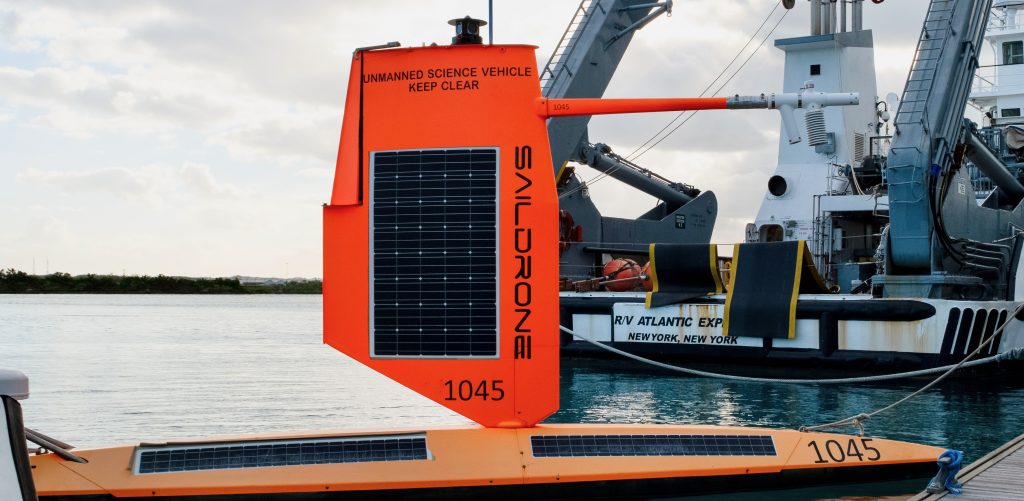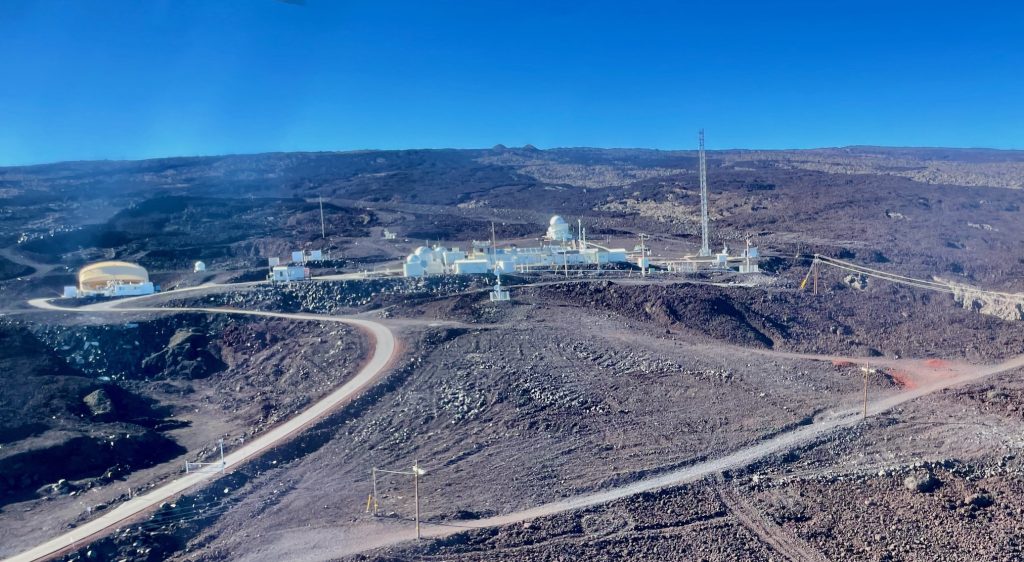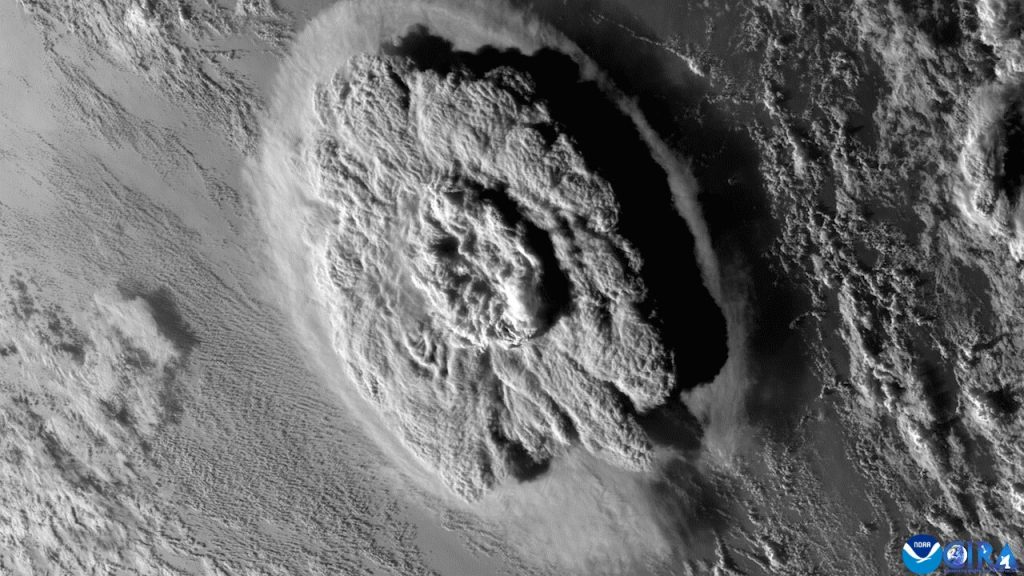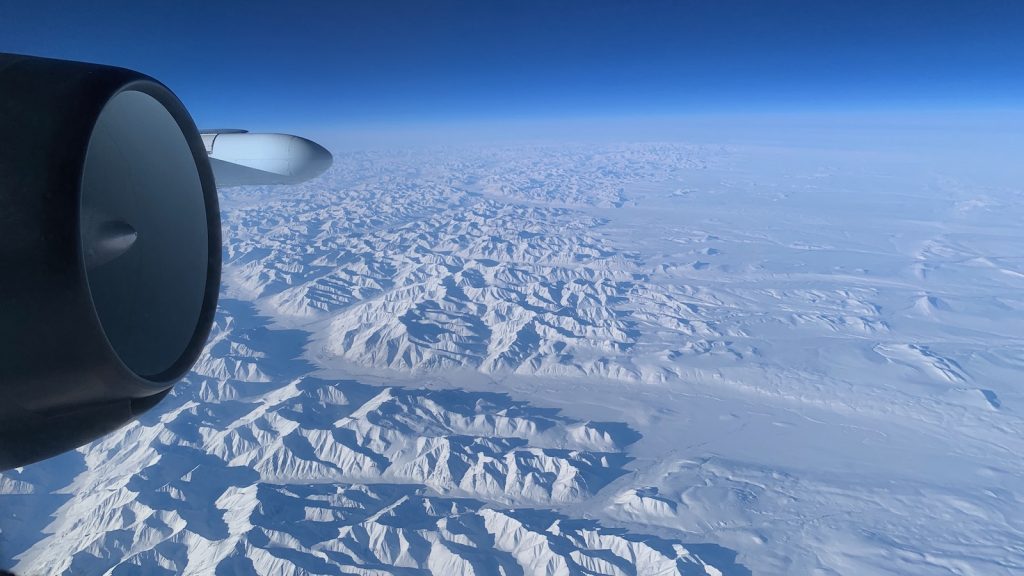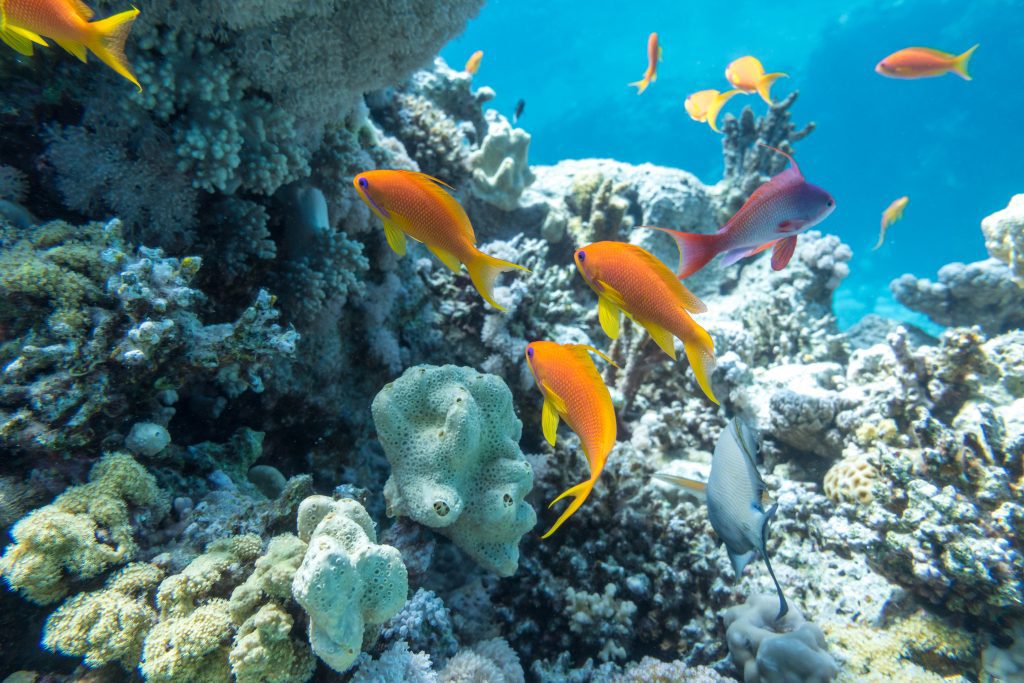Those delicious smells may be impacting air quality
A new study finds that air pollutants emitted from cooking can account for nearly a quarter of human-caused volatile organic compounds in dense urban areas.
Those delicious smells may be impacting air quality Read More >


